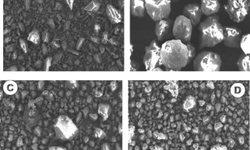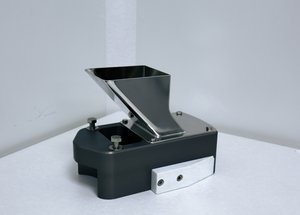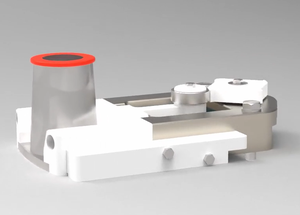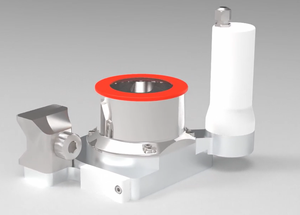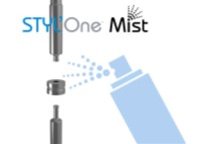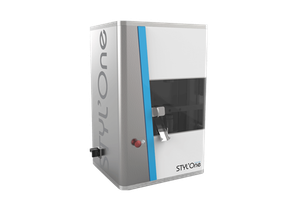Identify your lead solid form early to reduce timelines and downstream costs
Identifying the lead solid form of an active pharmaceutical ingredient (API) early in drug development can significantly streamline timelines and reduce downstream costs. Lonza's recent webinar, "Solid Form Screening of Active Pharmaceutical Ingredients," emphasized the importance of this approach. Abhijeet S. Sinha, Manager of Solid Form Services at Lonza, outlined various solid forms and the screening workflows essential for selecting the optimal form.
Key Phases in Solid Form Screening:
- Early Development: Conduct polymorph, salt, and cocrystal screenings, along with comprehensive characterization and risk assessments, to identify the lead crystalline form
- Later Development: Perform additional risk assessments and refine crystallization process development to ensure consistency and scalability
Expert Insights:
- Selecting the Preferred Solid Form: The choice depends on manufacturability, stability, and solubility enhancement. For polymorphs, the thermodynamically stable form is preferred. For salts and cocrystals, considerations include manufacturability and stability
- Applicability of Salt Screening: Salt screening is suitable for APIs with ionizable functional groups, such as carboxylic acids, amines, and pyridines.
- Considering Amorphous Forms: If crystalline forms don't meet solubility targets, alternative enabled forms like salts, cocrystals, or amorphous forms may be considered
By dedicating resources to solid form screening early, pharmaceutical developers can enhance drug performance and streamline the development process.

Comments
No comments posted yet.



